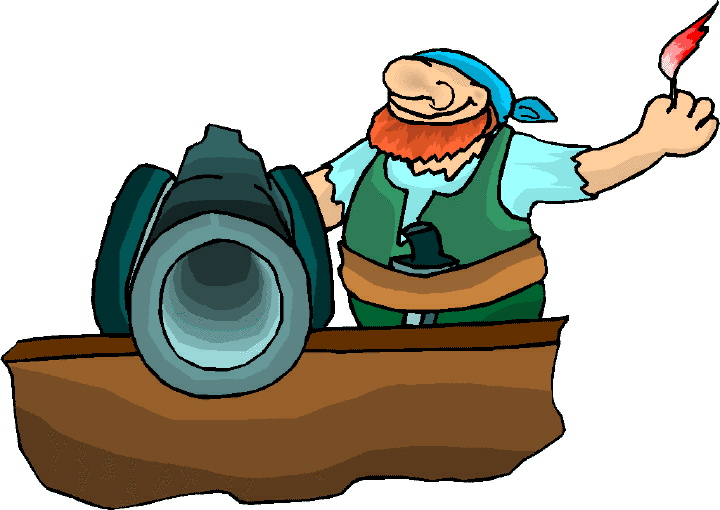 Pirates and Privateers Pirates and Privateers
The History of Maritime
Piracy
Cindy Vallar, Editor
& Reviewer
P.O. Box 425,
Keller, TX 76244-0425
    
Books for
Adults ~ Disasters, Mutinies, & Shipwrecks

1545: Who Sank the Mary Rose?
by Peter Marsden
Pen & Sword, 2019, ISBN 978-1-5267-4935-2, US $49.95
/ UK £30.00
review by Irwin Bryan
    
This
lavishly produced book has several stories to tell.
The first relates the history of Mary Rose
herself, from design and build to her tragic end.
Next is the story of the wreck and recovery. Then
there is an archaeological reconstruction of the
decks and various places of the ship, with a
complete description of where and what artifacts and
bodies are found within the sunken ship.
Unfamiliar with the ship’s history prior to the
sinking, I was surprised to read Mary Rose
was part of a fleet that attacked Boulogne, France,
in 1512. Within a few years, the ship was placed in
ordinary, meaning she was stripped of masts, sails,
and guns until the vessel was needed again. “In
1514, the Mary Rose had five anti-ship guns, seven
smaller ones, and many anti-personnel weapons,
whereas in 1545 she had twenty-six anti-ship guns,
12 smaller guns, and fifty-three anti-personnel
guns.” (63)
In 1535, Mary Rose was modernized.
“Her bow and stern ends were completely rebuilt,”
and the keel was lengthened to support a vessel of
700 to 800 tons, an increase of 200 to 300 tons. (55)
Her hull and deck supports were also
strengthened before adding more cannons to her
armament. The addition of twenty-one cannons
weighing hundreds of pounds each and positioning
them throughout the ship drastically altered the
ship’s balance and increased her draft, making the
hull sit deeper in the water.
Tensions between England and France flared up again
in the 1540s. On 19 July 1545, a French fleet sailed
past the Isle of Wight and was surprised to find the
English fleet at anchor. The French admiral ordered
his galleys to launch an attack. The Battle of the
Solent had begun.
One of the anchored ships was Mary Rose. Her
crew hurried to raise sails and prepare for action.
Once underway, the gunports were opened and the
cannons were loaded and run out. As she neared the
galleys, a gust of wind caused her to heel further
to starboard. With only sixteen inches between the
waterline and the bottom of the gunports, the extra
heeling action caused ocean water to pour into the
lower deck. The weight of the water continued the
unbalanced ship’s tilt and she capsized, sinking in
minutes.
Within a year of the sinking, a mostly unsuccessful
attempt was made to salvage some of the guns. In
1782, Royal George sank nearby. In 1836
,John Deane used a primitive diving bell to explore
that ship. He recorded the positions of the sunken Royal
George and Mary Rose on a chart of the
area, which was then tucked away along with other
records of the Royal Navy. A diving historian found
the chart in 1966, and rediscovered the location of
Mary Rose.
The story of the ship’s recovery includes careful
planning from the first attempts to locate the wreck
through careful underwater examination and
documentation. Before they can recover her, the
British Parliament and royal family become involved.
The group of historians and archaeologists studying
the wreck also have to determine how to tell her
story. They founded the Mary Rose Trust to
help carry out their plan. In 2013, the Mary
Rose Museum opens to the public.
Six chapters of this book are devoted to describing
the different decks and spaces of Mary Rose,
including where every artifact is found and what
happens in the space during the ship’s sinking.
There is also a description of where the remains of
each person are found and what the bones and
artifacts reveal about the people, such as age and
any signs of wear and tear from the harsh life of a
sailor.
Use of glossy paper enhances the many color
illustrations and diagrams found throughout the
book. A very readable text is enriched with
endnotes, a bibliography, and two appendices, one on
the ship’s components and another on the locations
and conditions of crew members who went down with
the vessel.
There is a wealth of knowledge in this book from
building wooden warships, early sea battles,
European history and archaeology to naval
administration and anatomy. Together they tell a
fascinating story of one special ship and the crew
that manned her.
Review Copyright ©2020 Irwin Bryan

Click to contact me
Background image compliments
of Anke's Graphics |

